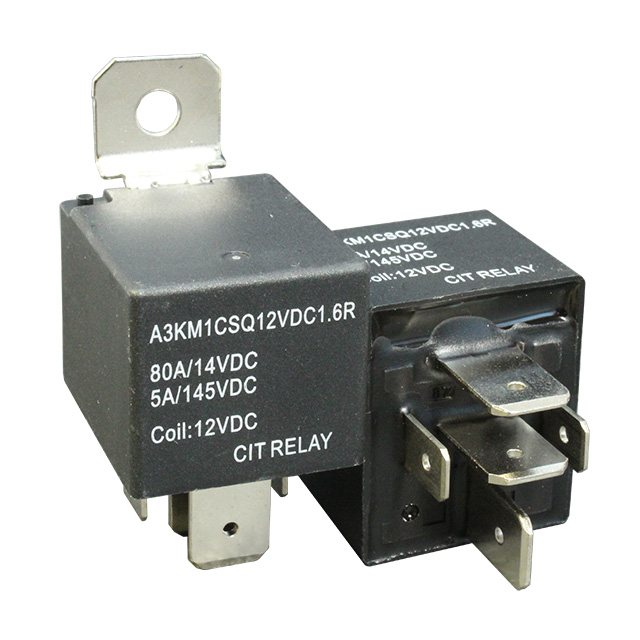In the realm of automotive engineering, electrical relays play a pivotal role in ensuring the smooth operation of various systems within a car. From controlling the headlights to managing the fuel pump, these small yet mighty devices act as the gatekeepers of electrical power, allowing for efficient and reliable functionality. In this blog post, we will delve into the intricacies of electrical relays in cars, shedding light on their purpose, operation, and significance in modern automotive technology.
- Understanding the Basics:
An electrical relay is an electromechanical switch that controls the flow of electrical current between two or more circuits. It consists of a coil, an armature, and a set of contacts. When a current passes through the coil, it generates a magnetic field, which attracts the armature and closes the contacts, completing the circuit. This mechanism allows for the control of high-power circuits using low-power signals, ensuring safety and efficiency. - The Role of Electrical Relays in Cars:
Electrical relays in cars serve a multitude of purposes, ranging from activating essential components to protecting sensitive systems. Some common applications include:
- Starting System: In the ignition system, relays enable the starter motor to engage, initiating the engine's combustion process.
- Lighting System: Relays control the activation of headlights, taillights, fog lights, and other lighting components, ensuring optimal visibility and safety.
- Fuel System: Fuel pump relays regulate the flow of fuel from the tank to the engine, maintaining the required pressure for efficient combustion.
- Cooling System: Relays activate cooling fans, preventing the engine from overheating and maintaining optimal operating temperatures.
- Power Windows and Door Locks: These relays enable the smooth operation of power windows and central locking systems, enhancing convenience and security.
- Advanced Features and Technologies:
With advancements in automotive technology, electrical relays have evolved to incorporate various features and technologies, enhancing their performance and reliability. Some notable advancements include:
- Solid-State Relays: These relays utilize semiconductor devices instead of mechanical contacts, offering faster switching speeds, improved durability, and reduced electromagnetic interference.
- Intelligent Relays: Equipped with microcontrollers and sensors, intelligent relays can monitor and analyze electrical parameters, providing diagnostic information and enhancing system efficiency.
- Fail-Safe Mechanisms: To ensure safety, modern relays incorporate fail-safe mechanisms that detect faults or abnormal conditions and take appropriate actions, such as shutting down the circuit or activating backup systems.
- Maintenance and Troubleshooting:
While electrical relays are generally robust and reliable, occasional issues may arise. Here are some common troubleshooting steps:
- Check for Loose Connections: Ensure all electrical connections are secure and free from corrosion.
- Test the Relay: Use a multimeter to check the continuity of the contacts and the coil resistance.
- Replace Faulty Relays: If a relay is found to be defective, it is crucial to replace it with a compatible and high-quality replacement to maintain optimal performance.
Conclusion:
Electrical relays are the unsung heroes of modern automotive technology, silently working behind the scenes to ensure the smooth operation of various systems in cars. From controlling critical components to enhancing safety and convenience, these small devices play a significant role. By understanding their purpose, operation, and advancements, we can appreciate the intricate world of electrical relays and their contribution to the automotive industry's progress.

